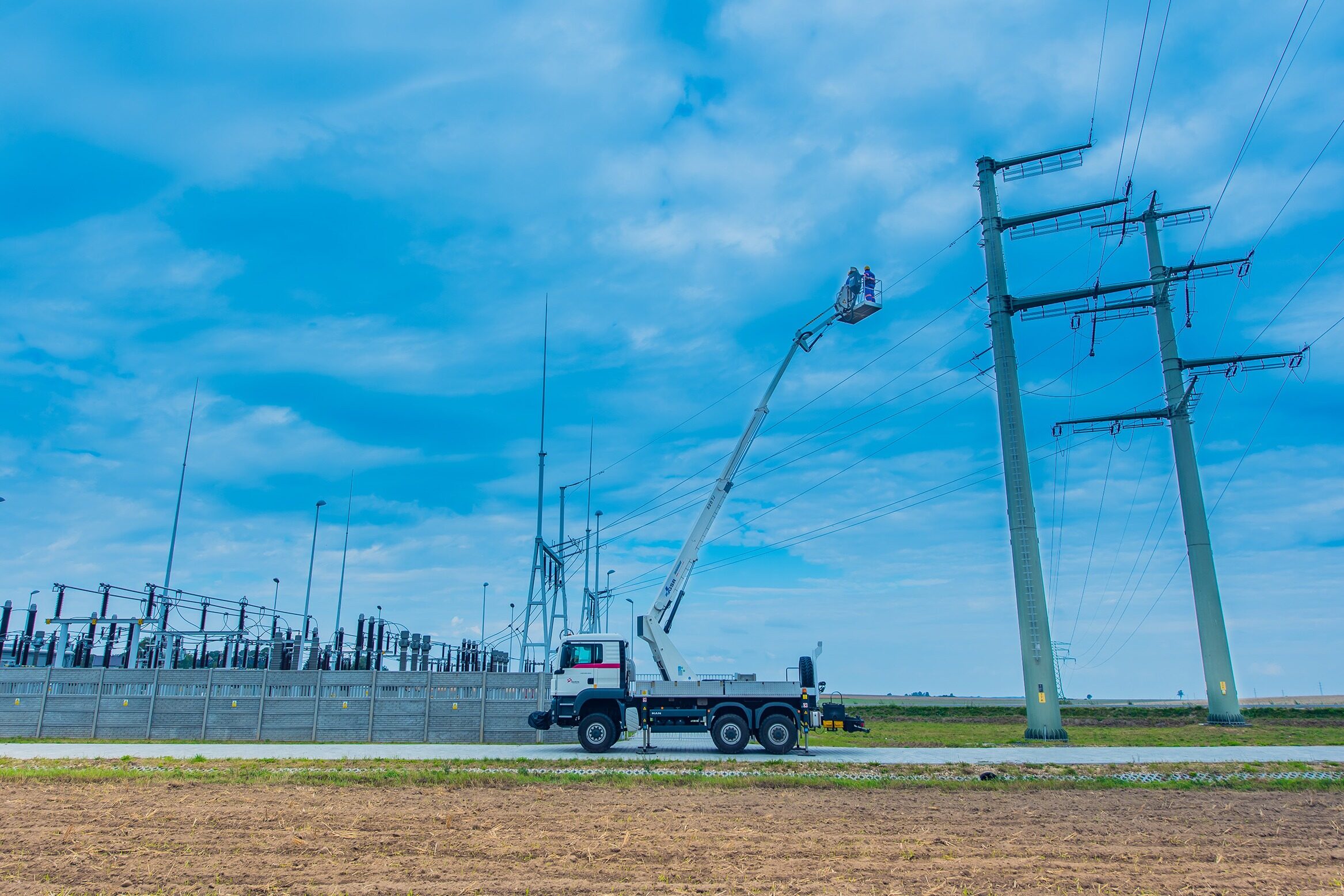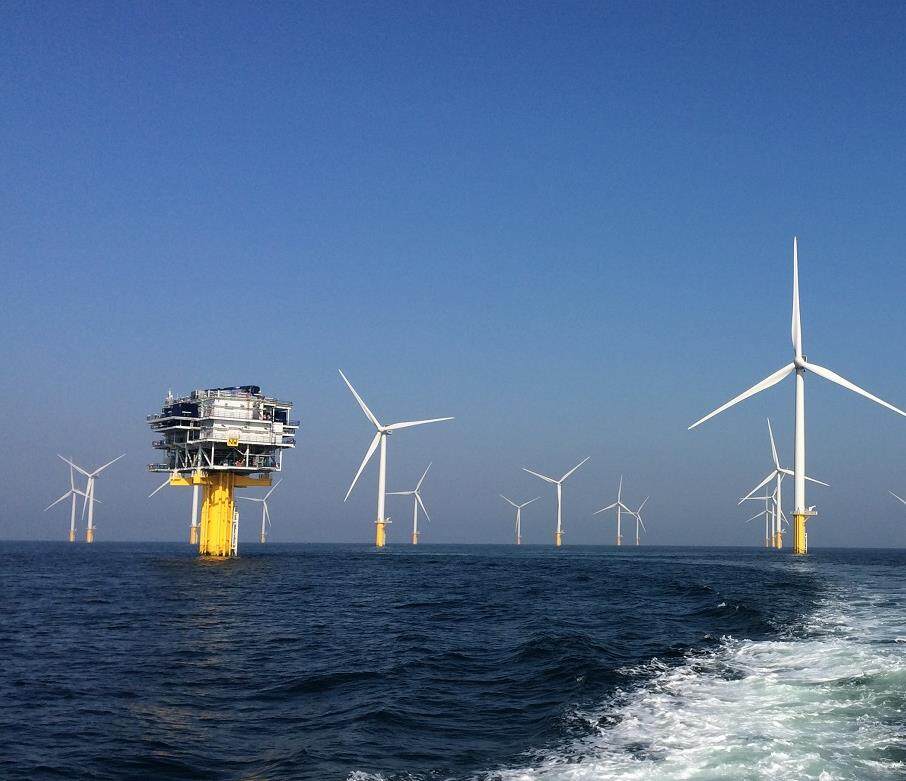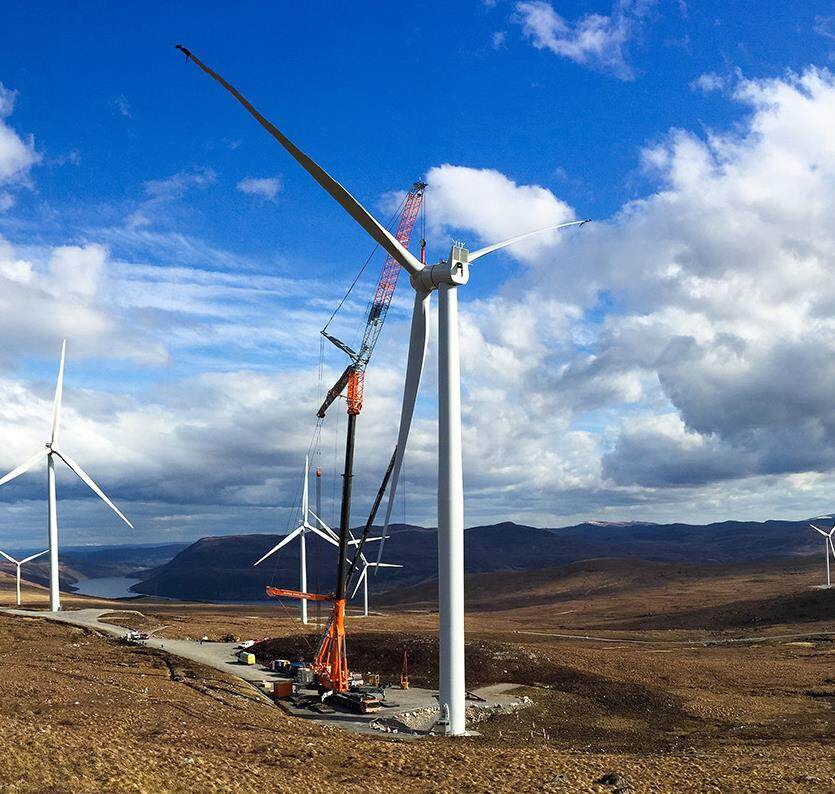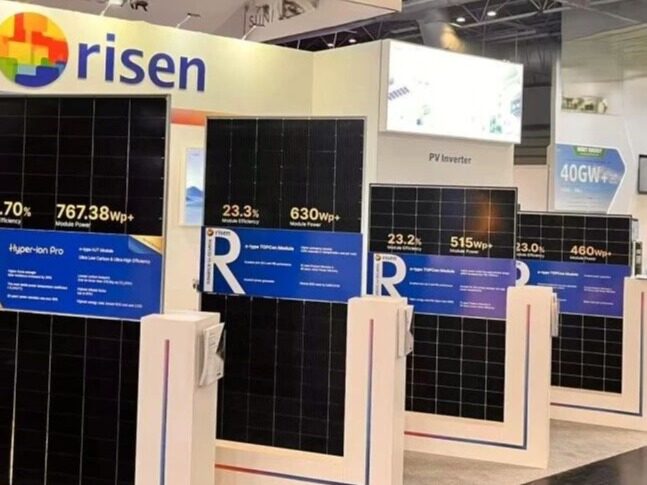- EU's planned annual increase in wind and solar capacity must double to meet climate targets
- EU's planned annual increase in wind and solar capacity must double to meet climate targets

The EU will need to continuously accelerate the annual deployment of solar and wind energy and double its planned target for 2026 to meet its goal of limiting global warming to a maximum of 1.5 degrees. Croatia is one of only 4 of the 27 member states that will meet the wind capacity target. Solar looks slightly better, but forecasts are still behind what is needed.

In a report titled Ready, Set, Go: The European Wind and Solar Race, Ember said the licensing process for wind and solar projects in the EU is a major hurdle for the renewable energy industry. The energy and climate think-tank has revealed that it could take up to 120 months to get permits for wind projects, five times the binding limit.
New energy installed capacity is still increasing
Croatia's permitting process is the slowest in the EU, but is still on track to achieve the 1.5 kWh target in the wind sector by 2026, with solar permit times ranging from 12 months in Lithuania to 48 months in Croatia, according to information gathered from developers and industry bodies not wait. Of the 12 countries with available information, which account for 91% of installed solar capacity, only Belgium and Romania have permits shorter than the EU's 24-month limit.
Romanian wind projects have the shortest approval times in the EU, while onshore wind permits take longer, ranging from 30 months in Romania to 120 months in Croatia. None of the 18 countries analyzed were below 24 months. Together, they account for 96% of installed wind capacity.

Still, Ember calculates that Croatia, along with Finland and Sweden, is among the few member countries that are expected to achieve annual wind energy additions high enough to meet the goal of limiting global warming to 1.5 degrees Celsius.
Annual additions must quadruple by 2030, with the EU deploying 34 GW of combined wind and solar capacity in 2021. Reaching 1.5 degrees would mean annual new capacity additions would climb to 76 gigawatts by 2026. Ember noted that current forecasts point to a level of 38 GW.

Germany's new renewable energy roll-out plan is a bright spot for the European Union. The annual increase must increase sharply, four times the 2021 level by 2030, according to the study. Germany has set out an ambitious new plan to add 10 gigawatts of onshore wind capacity per year from 2025 and 19 gigawatts of offshore wind capacity between 2026 and 2030. This will bring the country's installed wind power capacity to 145 GW. The capacity to 2030 is also in line with the 1.5 degree benchmark.Editor/XingWentao
Comment
 Praise
Praise
 Collect
Collect
 Comment
Comment
 Search
Search














Write something~